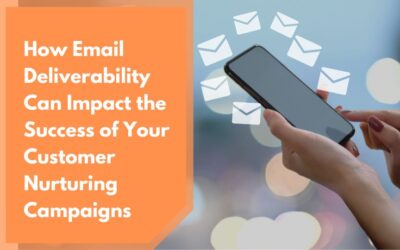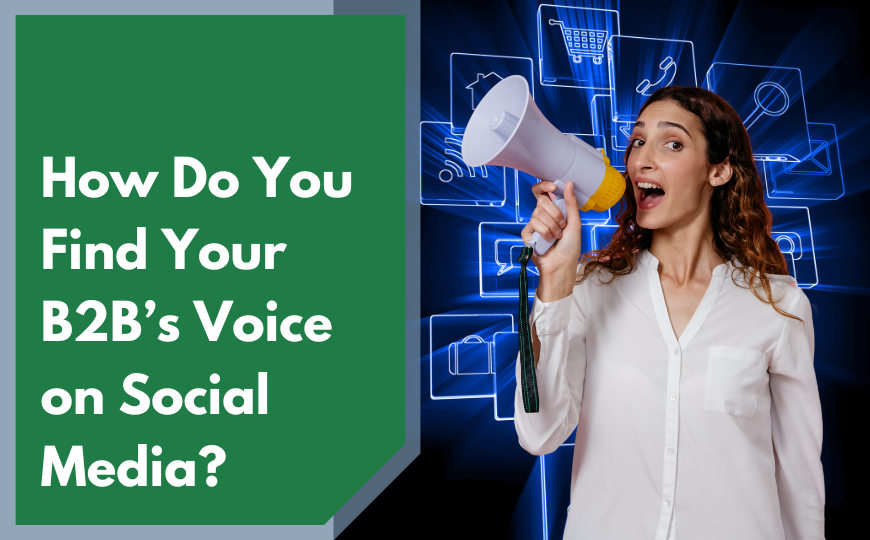As you may already know, an effective email campaign can create a deep relationship with your audience. This type of communication can penetrate your niche and build trust. But something you may not have known – according to a 2015 survey by Adobe, the average respondent uses email on an average of six hours each day.
The survey further reports Millennials actually use their emails even more than the rest of us; though not by much. 70% check it from bed; 27% while driving; and believe it or not 57% use it from the bathroom!
That tells us that email marketing, if properly utilized, is much more effective than we may have suspected. More effective even than social media – contrary to what most of us thought.
Though we’ve discussed how to set up a good email program in previous blogs and on our website, today I want to raise the conversation a notch. I want to talk about email follow-up sequences and how their use can actually boost your email campaigns’ effectiveness and your subsequent success by further improving your relationship with your customers and prospects and helping to keep you top-of-mind.
What is an email follow up sequence?
A follow-up sequence is also referred to as an auto responder, which is a series of pre-written emails created to automatically trigger when a subscriber or customer performs an action, such as: opt-in, sign-up, subscribe, register or make a purchase.
The good thing about a follow-up sequence is that once you’ve created it, it works automatically. With the use of marketing automation software or applications found with both with your email service provider or with your shopping cart – if you have one – it does the work which gives you the opportunity to focus your efforts on other marketing matters.
Challenges Associated with Autoresponders
The challenge is you must be mindful when setting up both the messaging content and the triggering sequences. This part takes a good amount of creativity and strategy. That could be the reason thousands of business owners and managers don’t take advantage of the many benefits of email follow-up sequence programs. The steps include mapping out the follow-up sequence, designing each email, writing content for all behavioral scenario triggers, and finally, setting up the automation.
It’s not a simple process. But, it is a process that most certainly is worth the effort.
Follow-Up Sequence Ideas
The following are a few general ideas that you might be able to use when creating an effective follow-up email sequence. Remember: test to see what works best for you, including email frequency. And, get creative. The purpose of these ideas is simply to help you get your creative juices flowing. They are by no means an all-inclusive list.
Confirmation: the objective of this email is to acknowledge your new customer or prospect and to welcome him or her.
Within this email, you might want to ask the reader to click a link to confirm they want to be a subscriber. The reason we recommend this double opt-in acceptance process and not a single opt-in, is that it takes the consumer a little extra time to complete the sign-up process. This extra time usually ensures this prospect is more interested. This makes your email list a bit tighter and of higher quality.
When they click on the link, direct them to either a thank you page on your website, where they can download some useful content, or to a page where, if they were promised something in exchange for their email address, they can access it.
Get their opinion: this email is a touch base to remind them of you by asking what they think of your eBook, report or any other product they may have requested or purchased. Include a link that takes them to a page on your site with another option for purchase or download.
If you haven’t done so already, this might be a good time to include an invitation to connect on social media.
Wait, there’s more: again, remind them of who you are. Within this email include a link for a free bonus that might help them. Invite them to contact you for help or more information.
Reminders and Opportunities: these are benefits-focused reminders about what they’ve already received from you and what other opportunities they have to look forward to. Alert them to the fact that they will be receiving even more goodies from you in future emails.
Tips and Treasures: in your quest to build customer satisfaction and to help your subscriber feel confident he or she made a wise decision to buy from or sign up with you, continue with the free offers and other goodies you’d promised in previous emails. This could come in the form of tips, tricks, examples, ideas, or news. Things that might help them become better at what they do. Things of which you know they have an interest.
This email would be a good time to upsell a companion product, program or service to their original purchase or devise some other way to get them back to your website. This could come in the form of sharing links relating cases of others who have subscribed or bought the same thing and who have experienced a success as a result.
Bonus gift: delight your customer or subscriber with something deliciously unexpected and hopefully relevant to their purchase or reason they opted in in the first place. You want them to be glad they chose to engage with you and your brand.
Additional benefits: find further methods to share something good with your subscribers. Additional products, resources, programs or services. If, by now, they are pleased with their experience with your or the products they’ve purchased – along with all the subsequent delights you’ve provided – they will be more apt to purchase again and tell their friends about your awesomeness.
All along this path, you should be devising methods of subtle upsell.
Request for testimonial: consider that it will take time for your subscriber to write a good testimonial. So, you might want to offer another bonus gift for their time.
Final Email and Final Thoughts
No matter what follow-up sequence campaign you develop, you will need to close it with a final, follow-up email. Many marketers wait about 30 days to send it.
This email would be best if it were a personal, plain text message from you. You want it to look like an email that you would send your friends or colleagues. Your goal is to simply touch base to ask them how it’s going with their purchase or opt-in. Ask them if they have questions or need assistance with anything. Not only does this show you care, but the answers you receive could help you to tweak your product or your campaign, making it even better.
As you see, there is a good amount of up-front development in a follow-up sequence campaign. But, as I mentioned earlier, once it’s created it runs on autopilot. And, as mentioned, this type of program really can enhance your regular email campaigns – deepening relationships and building trust.
Once you’ve tried your own follow-up sequence campaign, we’d love to hear from you. Please tell us some of your unique email ideas. Or, if you’ve used a few from our list, tell us all about your phenomenal subscriber responses.


![[Blog Abstract] 8 Proven Ways to Make Cold Emails Work for You](https://www.directivegroup.com/wp-content/uploads/2020/01/make-cold-email-work-400x250.jpg)



